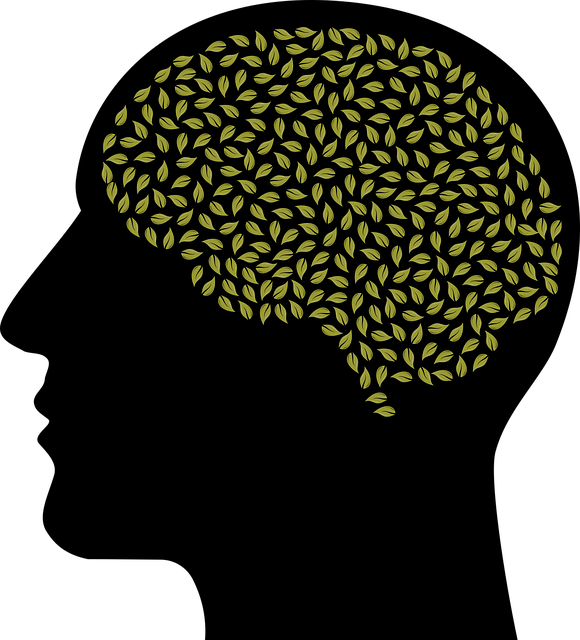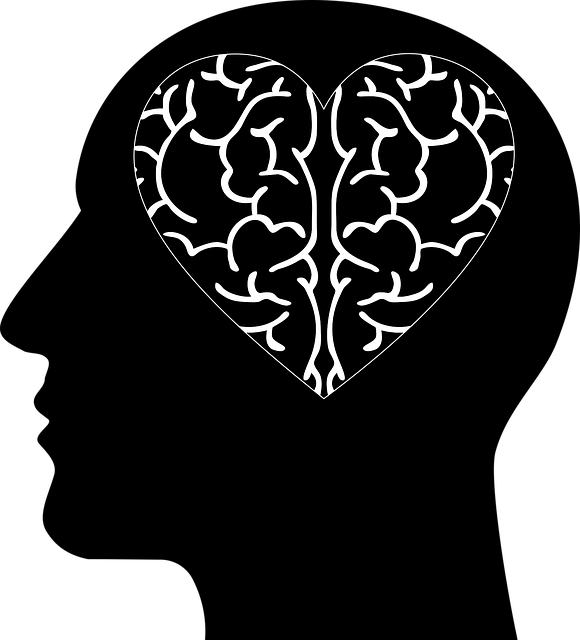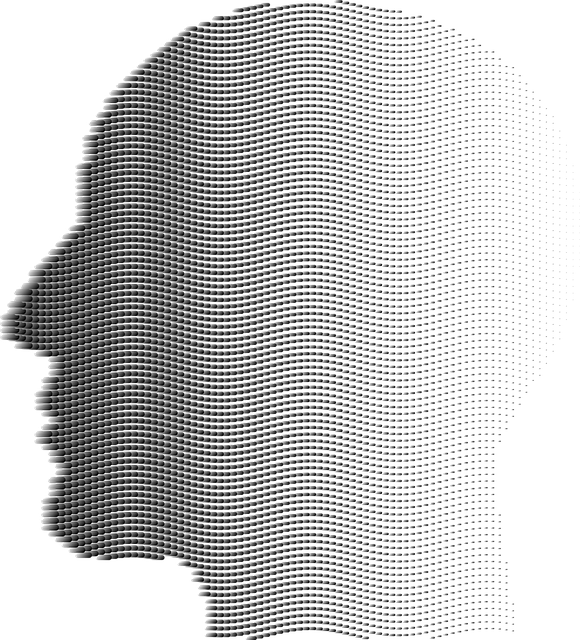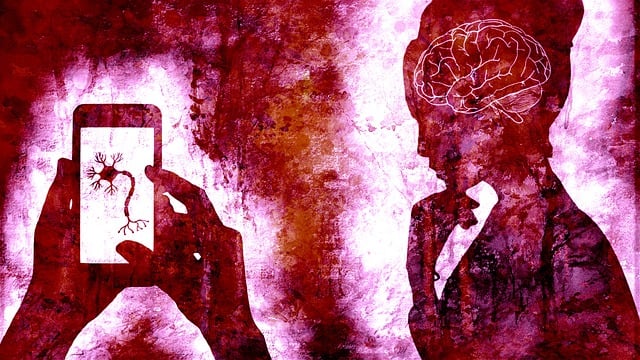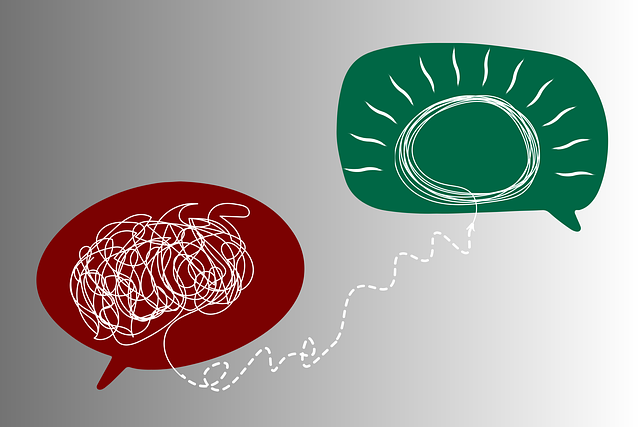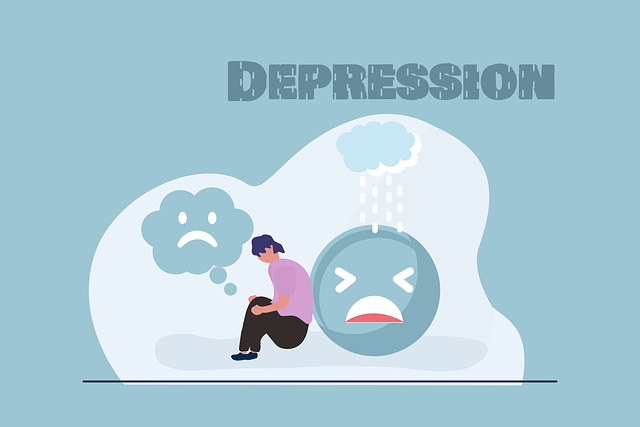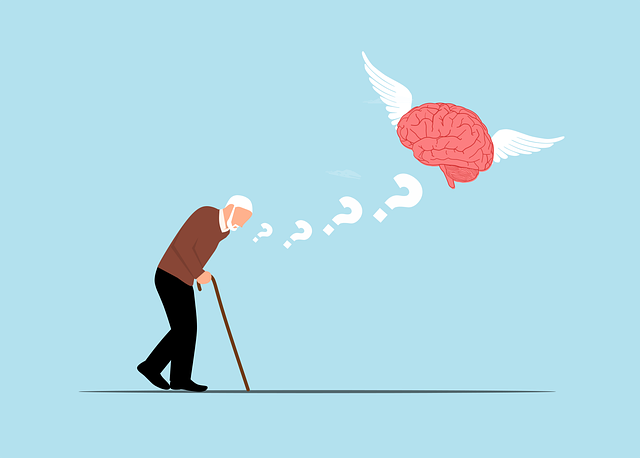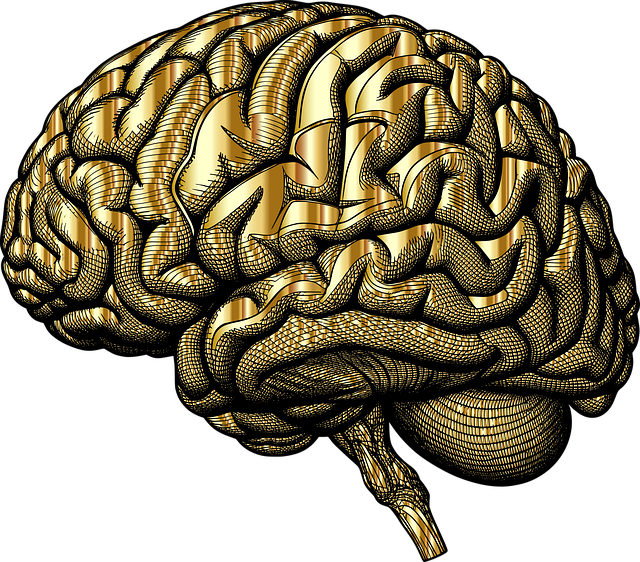Littleton Biofeedback Therapy offers a revolutionary approach to mental health treatment, combining biofeedback with data analysis to provide detailed insights into emotional healing processes. By integrating qualitative and quantitative methods, healthcare providers can gain a comprehensive view of mental health trends, enabling personalized interventions like Coping Skills Development and Inner Strength Development programs. Data-driven strategies, leveraging tools from advanced statistics and visualization, guide effective treatment plans, reduce stigma, and enhance Mental Health Education Programs. This holistic practice aligns with modern healthcare trends, ensuring treatments remain adaptable and effective in addressing diverse mental health needs.
Mental health data analysis is a burgeoning field, offering profound insights into patient well-being. This article explores the power of data in understanding and enhancing therapy outcomes. We delve into the process of collecting and interpreting mental health data, highlighting the unique approach of Littleton Biofeedback Therapy.
Key sections cover data sources, the role of biofeedback, trend analysis, result interpretation, and data-driven treatment strategies. Discover how harnessing numerical information can revolutionize mental health care, especially through innovative practices like Littleton Biofeedback Therapy.
- Understanding Mental Health Data: Collection and Sources
- The Role of Biofeedback in Therapy: A Littleton Approach
- Analyzing Trends: Identifying Patterns and Insights
- Interpreting Results: What Do the Numbers Mean?
- Applying Data-Driven Strategies for Effective Treatment
Understanding Mental Health Data: Collection and Sources

Understanding Mental Health Data involves recognizing that it’s a multifaceted landscape encompassing various forms of information. This includes demographic details, clinical assessments, self-reported surveys, and observational data collected through advanced technologies like Littleton Biofeedback Therapy. These sources provide insights into individuals’ mental health status, behaviors, and responses to interventions such as Stress Reduction Methods.
The collection of mental health data is facilitated by dedicated institutions, research organizations, and even community initiatives like Stress Management Workshops Organization. Each source offers unique perspectives, from clinical records detailing diagnoses and treatment plans to survey responses revealing personal experiences and coping mechanisms. Effective communication strategies, essential for interpreting these data, involve integrating qualitative and quantitative insights to gain a holistic understanding of mental health trends and challenges.
The Role of Biofeedback in Therapy: A Littleton Approach

In the realm of mental health data analysis and interpretation, biofeedback emerges as a potent tool within therapy, particularly in the context of Littleton Biofeedback Therapy. This innovative approach leverages physiological feedback to empower individuals and healthcare providers alike, offering a more nuanced understanding of emotional healing processes. By integrating real-time data from various bodily functions, therapists can tailor interventions precisely, addressing specific aspects of mental well-being that might otherwise remain undetected. In essence, biofeedback becomes a bridge between subjective experiences and objective measurements, enhancing the effectiveness of therapy sessions.
For healthcare providers, adopting biofeedback techniques as part of their practice can significantly contribute to burnout prevention strategies. The ability to objectively assess and guide patients through crisis intervention guidance is invaluable. By incorporating biofeedback, therapists not only facilitate emotional healing processes but also foster a deeper connection between mind and body, leading to more personalized and impactful treatment outcomes. This holistic approach resonates well with the demands of today’s healthcare landscape, where mental health services are increasingly recognized as integral components of comprehensive wellness care.
Analyzing Trends: Identifying Patterns and Insights

Analyzing trends within mental health data is akin to uncovering hidden patterns in a complex tapestry. By employing advanced statistical techniques and visualization tools, practitioners can identify recurring themes and insights that offer valuable guidance for personalized treatment plans. For instance, tracking stress levels over time through methods like biofeedback therapy (even in focused settings like Littleton Biofeedback Therapy centers) allows professionals to pinpoint specific triggers and design targeted interventions.
This process extends beyond individual cases, enabling researchers to contribute to broader mental illness stigma reduction efforts. By analyzing trends in treatment efficacy, for example, across diverse demographics, we can foster a more nuanced understanding of effective stress reduction methods. This, in turn, supports the development of inner strength and promotes more inclusive and impactful mental health care strategies.
Interpreting Results: What Do the Numbers Mean?

When analyzing mental health data, understanding the numbers requires a nuanced perspective. Simply put, statistical analysis provides insights into trends and patterns within the population studied. For instance, in the context of Littleton Biofeedback Therapy, data might reveal increased stress levels or anxiety among participants over time. These findings can be powerful indicators of broader community needs, guiding the development of targeted interventions like Coping Skills Development programs.
Interpreting such results involves more than just numbers. It demands a connection between data and real-world applications. For example, if trauma support services in Littleton are shown to have higher success rates with certain therapeutic approaches, this knowledge can inform Crisis Intervention Guidance, ensuring that resources are allocated effectively and reaching those who need them most.
Applying Data-Driven Strategies for Effective Treatment

In the realm of mental health treatment, leveraging data-driven strategies has emerged as a powerful approach to enhancing patient outcomes and personalizing care plans. By applying advanced analytics to various datasets, including clinical notes, survey responses, and physiological measurements from Littleton Biofeedback Therapy sessions, healthcare professionals gain valuable insights into individual patient experiences and progress. This allows for the design of tailored interventions such as Inner Strength Development programs that focus on building resilience and coping mechanisms.
Through systematic analysis, Mental Health Education Programs can be refined to address specific needs within diverse populations. For instance, Social Skills Training has shown promise in improving communication and interpersonal relationships, as evidenced by recent studies. Data-driven insights enable clinicians to adapt their practices, ensuring that treatments remain effective and relevant in a dynamic healthcare landscape.
Mental health data analysis is a powerful tool that, when combined with therapeutic techniques like Littleton Biofeedback Therapy, can significantly enhance treatment outcomes. By understanding and interpreting this data, healthcare professionals can identify trends, personalize strategies, and develop effective, data-driven approaches to support individuals’ mental well-being. This comprehensive approach ensures that treatments are tailored to each person’s unique needs, fostering better health and improved quality of life.
